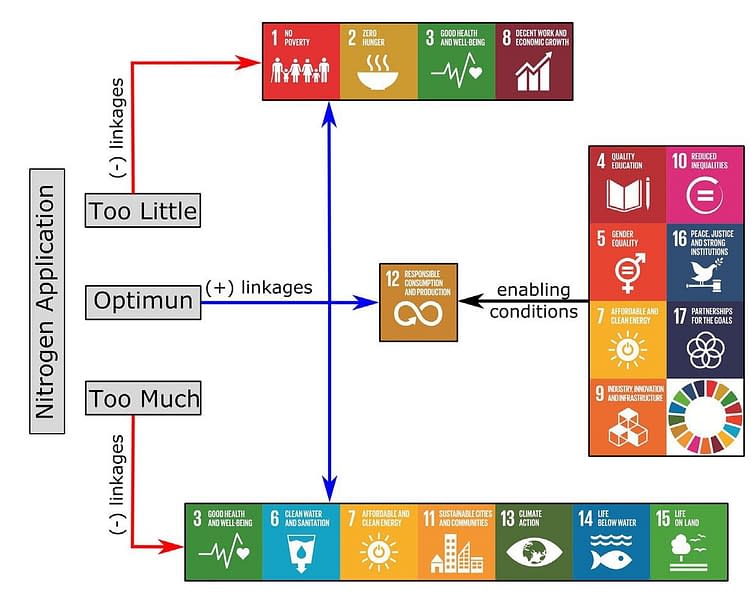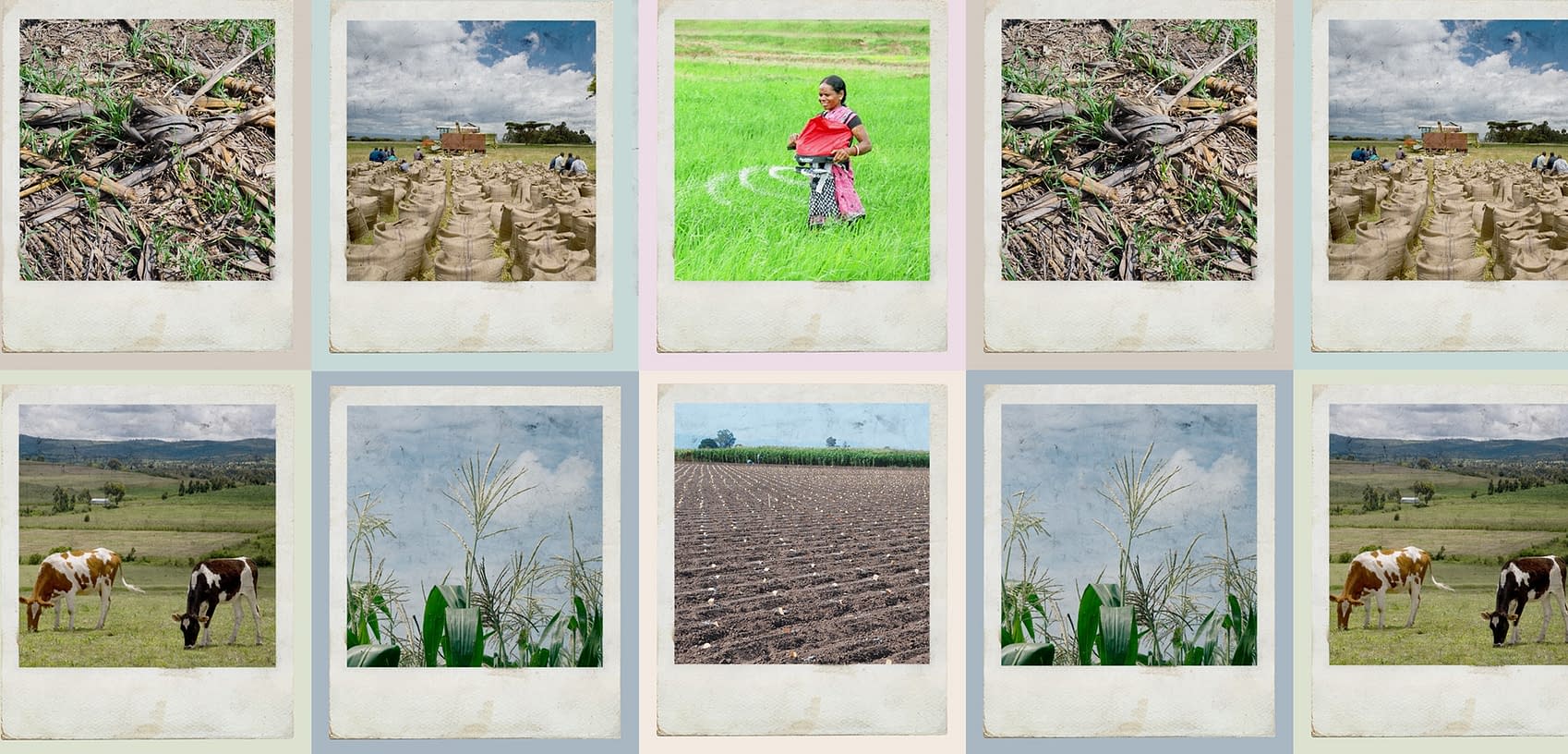World Soil Day Special: Too much or never enough
Don’t underestimate the crucial role nitrogen plays in cereal-based agroecosystems and achieving the Sustainable Development Goals.
Originally posted by ML Jat on the International Maize and Wheat Improvement Center (CIMMYT) Website

December 4, 2020: World Soil Day
Although nitrogen has helped in contributing to human dietary needs, there are still large areas of the world — namely sub-Saharan Africa and parts of Asia — that remain short of the amounts they need to achieve food and nutritional security.
Conversely, synthetic nitrogen has become increasingly crucial in today’s intensive agricultural systems, but nearly half of the fertilizer nitrogen applied on farms leaks into the surrounding environment. It is possible that we have now transgressed the sustainable planetary boundary for nitrogen, and this could have devasting consequences.
Given this conflicting dual role this compound plays in agricultural systems and the environment — both positive and negative — the nitrogen challenge is highly relevant across most of the 17 Sustainable Development Goals (SDGs) established by the United Nations.
Facing a global challenge
The challenge of nitrogen management globally is to provide enough nitrogen to meet global food security while minimizing the flow of unused nitrogen to the environment. One of the key approaches to addressing this is to improve nitrogen use efficiency – which not only enhances crop productivity but also minimizes environmental losses through careful agronomic management – and measures to improve soil quality over time.
Globally, average nitrogen use efficiency does not exceed 50%. Estimates show that a nitrogen use efficiency will need to reach 67% by 2050 if we are to meet global food demand while keeping surplus nitrogen within the limits for maintaining acceptable air and water qualities to meet the SDGs.
This target may seem ambitious — especially given the biological limits to achieving a very high nitrogen use efficiency — but it is achievable.
Earlier this year, J.K. Ladha and I co-authored a paper outlining the links between nitrogen fertilizer use in agricultural production systems and various SDGs. For instance, agricultural systems with suboptimal nitrogen application are characterized with low crop productivity, spiraling into the vicious cycle of poverty, malnutrition and poor economy, a case most common in the sub-Saharan Africa. These essentially relate to SDG 1 (no-poverty), 2 (zero-hunger), 3 (good health and well-being), 8 (decent work and economic growth) and 15 (life on land).
On the other hand, excess or imbalanced fertilizer nitrogen in parts of China and India have led to serious environmental hazards, degradation of land and economic loss. Balancing the amount of N input in these regions will contribute in achieving the SDG 13 (climate action). Equally, meeting some of the additional SDGs (5, gender equality; 6, clean water and sanitation; 10: reduced inequalities; etc.) requires optimum nitrogen application, which will also ensure “responsible consumption and production” (SDG 12).

So, how can we achieve this?
Increased research quantifying the linkages between nitrogen management and the SDGs will be important, but the key to success lies with raising awareness among policy makers, stakeholders and farmers.
Most agricultural soils have considerably depleted levels of soil organic matter. This is a central problem that results in agroecosystems losing their ability to retain and regulate the supply of nitrogen to crops. However, poor knowledge and heavy price subsidies are equally to blame for the excess or misuse of nitrogen.
While numerous technologies for efficient nitrogen management have been developed, delivery mechanisms need to be strengthened, as does encouragement for spontaneous adaptation and adoption by farmers. Equally — or perhaps more importantly — there is a need to create awareness and educate senior officials, policy makers, extension personnel and farmers on the impact of appropriate soil management and intelligent use of nitrogen fertilizer, in conjunction with biologically integrated strategies for soil fertility maintenance.
An effective and aggressive campaign against the misuse of nitrogen will be effective in areas where the compound is overused, while greater accessibility of nitrogen fertilizer and policies to move farmers towards soil quality improvement will be essential in regions where nitrogen use is currently sub-optimal.
It is only through this combination of approaches to improved system management, agricultural policies and awareness raising campaigns that we can sufficiently improve nitrogen use efficiency — and meet the SDGs before it’s too late.
Read the full study “Achieving the sustainable development goals in agriculture: the crucial role of nitrogen in cereal-based systems” in Advances in Agronomy.

Check out the CIMMYT Explainer on Nitrogen in agriculture:
What is it? How do plants use it? When did synthetic fertilizer start playing a role? Is it sustainable?
CIMMYT breaks it down, simply. Read here.



